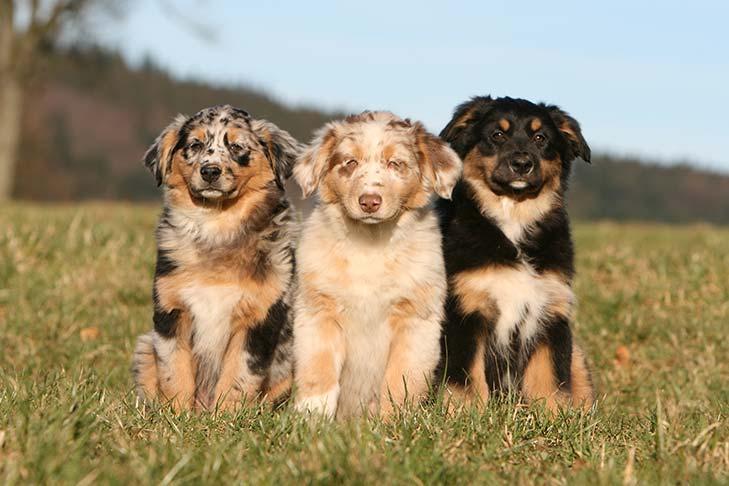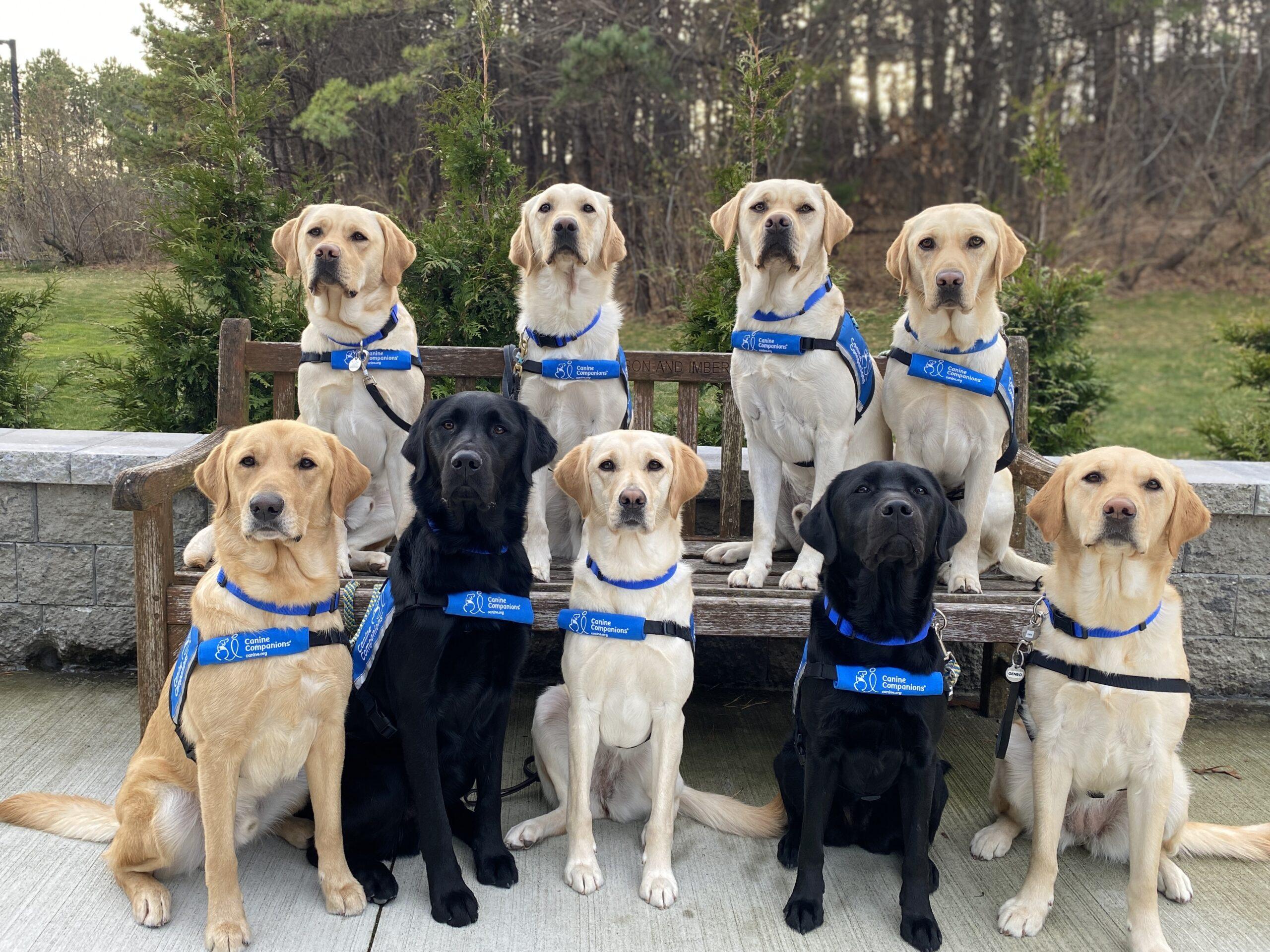Dogs are often referred to as “man’s best friend,” and for good reason. They offer us unconditional love, loyalty, and companionship. However, our furry friends also have their own preferences and boundaries that, when crossed, can lead to confusion or discomfort. As much as we may think we understand our canine companions, there are certain behaviors and habits that we might unknowingly engage in that dogs simply can’t stand.
In this article, we’ll explore 13 common actions that many people do without realizing just how much their dogs dislike them. Whether you’re a long-time dog owner or a new pet parent, understanding these behaviors can strengthen the bond you share with your four-legged friend and help create a more harmonious home environment. So, are you guilty of any of these canine faux pas? Let’s find out!
Table of Contents
- Common Missteps That Irritate Our Canine Companions
- Understanding Your Dog’s Body Language for Better Communication
- Simple Adjustments to Enhance Your Dog’s Comfort and Happiness
- Building a Stronger Bond by Respecting Your Dog’s Preferences
- Q&A
- The Way Forward
Common Missteps That Irritate Our Canine Companions
Dogs are incredibly perceptive creatures, and they pick up on our habits and behaviors, some of which can be quite irritating to them. For instance, yelling or raising our voices can be distressing for a dog, as they often associate loud sounds with negative experiences. Similarly, ignoring their personal space can lead to discomfort; dogs need their own comfort zones, and encroaching on that space might cause anxiety or even defensive behavior. Other common irritants include forcing affection, such as picking them up when they clearly want to be left alone, or punishing them in front of others, which can confuse and alienate them instead of fostering understanding.
Furthermore, inconsistent training can frustrate dogs. They thrive on routine and clear communication; when commands or rules change frequently, it disrupts their understanding of what is expected. Another common misstep is not respecting their need for exercise and mental stimulation; without these, they can become bored and destructive. Additionally, overstimulation from social interactions or loud environments can overwhelm a dog, making them anxious or reactive. Being mindful of these behaviors can help create a more harmonious relationship with our furry friends.
Understanding Your Dog’s Body Language for Better Communication
Understanding your dog’s body language is crucial for nurturing a harmonious relationship between you and your furry friend. Dogs communicate primarily through their physical behaviors, and recognizing these signals can help you avoid unintentional misunderstandings. For example, a wagging tail can indicate excitement, but depending on the speed and position, it can also suggest anxiety or aggression. When your dog yawns or turns their head away, they may be feeling stressed or uncomfortable in a particular situation. Observing these signs is essential for ensuring your dog feels safe and secure in their environment.
Here are some common body language cues that can enhance your communication with your dog:
- <strong.Ears position: Ears up can signify alertness, while pinned ears suggest fear or submission.
- A relaxed body indicates comfort, while a stiff stance can mean your dog feels threatened.
- A low wagging tail may signal submission, while a high, stiff wag can indicate excitement or agitation.
- Your dog may be trying to calm themselves or signal discomfort when they do this.
- While it can simply mean they’re hot, excessive panting may indicate stress or anxiety.
By familiarizing yourself with these cues, you can better understand your dog’s feelings and needs. This understanding will not only help you avoid behaviors that your dog dislikes but also strengthen the bond you share. Always remember that your dog is trying to communicate with you, and by paying close attention to their body language, you can create a more joyful and fulfilling companionship.
Simple Adjustments to Enhance Your Dog’s Comfort and Happiness
Creating a serene and joyful environment for your furry friend doesn’t have to be complicated. Sometimes, it’s the little changes that can make a big difference in your dog’s overall well-being. Simple adjustments like providing a cozy bed in a quiet area can help your dog feel safe and secure, especially during stressful times. Ensure that their resting space is away from loud noises and foot traffic, allowing them to retreat and relax. Additionally, offering a consistent routine for meals and walks not only enhances their comfort but also helps them feel more stable and happy in their daily lives.
Paying attention to your dog’s preferences can also contribute significantly to their happiness. For instance, consider the following tips to tailor their environment to their liking:
Temperature Control: Make sure your home is at a comfortable temperature and provide a cooling mat for hot days.
Quality Toys: Choose chew toys or interactive puzzles that stimulate their minds and keep them entertained.
Safe Spaces: Create designated zones where your dog can feel secure, using barriers or pet gates.
Positive Reinforcement: Use treats and praise to encourage good behavior, making training a fun and rewarding experience.
Making these simple yet effective adjustments can lead to a happier and more comfortable life for your dog, enhancing the bond you share with them. Remember, your furry companion’s happiness reflects in their behavior, so a little extra care can go a long way!
Building a Stronger Bond by Respecting Your Dog’s Preferences
Every dog has its own unique personality, preferences, and boundaries. By paying close attention to these aspects, you can foster a deeper connection and understanding between you and your furry friend. For instance, some dogs may feel uncomfortable with loud noises or crowded spaces, while others might dislike how certain activities disrupt their routine. Recognizing these dislikes is crucial; it helps you create a more harmonious environment where your dog feels safe and valued. This effort to respect their preferences ultimately strengthens your bond.
Additionally, small adjustments in your daily interactions can make a significant difference. Consider the following ways to show your dog you care:
Offer Choice: Let your dog choose their toys or resting spots.
Respect Their Space: Provide a safe haven where they can retreat when feeling overwhelmed.
Learn and Adapt: Pay attention to their body language and adjust your actions accordingly.
By incorporating these practices into your routine, you’re not just avoiding behaviors that irritate your dog; you’re actively creating a loving and respectful relationship that both of you can cherish. Each thoughtful action you take lays the groundwork for a more trusting partnership.
Q&A
Q1: What are some common behaviors that dogs dislike?
A1: Dogs are incredibly sensitive creatures, and certain human behaviors can make them uncomfortable or anxious. Some common actions that dogs tend to dislike include:
- Ignoring them: Dogs thrive on attention and interaction. When you ignore them, they may feel neglected.
- Overly loud noises: Sudden loud sounds, like yelling or clattering, can startle dogs and cause them distress.
- Hugging: While often seen as a sign of affection, many dogs feel trapped when hugged and may not enjoy it.
- Using harsh tones: Dogs can sense the tone of your voice. Speaking harshly can frighten them.
- Not respecting their personal space: Dogs, like humans, appreciate their personal space. Approaching them too quickly can be intimidating.
Q2: Why do some dogs dislike certain types of physical affection?
A2: Dogs have varying preferences for physical touch, and not all appreciate being touched the same way humans do. For many dogs, a friendly scratch behind the ears or a gentle pat on the side is great, but they may find direct eye contact or being held too tightly uncomfortable. Understanding a dog’s body language is key; if they seem stiff or pull away, they might not be enjoying the interaction.
Q3: How can I tell if my dog is unhappy or uncomfortable?
A3: Dogs communicate their discomfort through body language. Look for signs such as:
- Tucked tails
- Ears pinned back
- Avoiding eye contact
- Lip licking or yawning
- Turning their head away
If you notice any of these signs, it’s best to give your dog some space and reassess the situation.
Q4: Are there specific things I can do to make my dog happier?
A4: Absolutely! Here are a few suggestions to improve your dog’s happiness and comfort:
- Spend quality time playing and bonding.
- Learn to recognize and respect their body language.
- Offer treats and praise for positive behavior.
- Establish a consistent routine for feeding, walks, and playtime.
- Provide a safe space where they can retreat when feeling overwhelmed.
Q5: What should I do if I realize I’m guilty of some behaviors that my dog dislikes?
A5: If you identify actions that your dog dislikes, the first step is to adjust your behaviors respectfully. Start by observing your dog’s reactions and modify your actions accordingly. Practice positive reinforcement by rewarding them for calm behavior when you’re around. Building a trusting relationship takes time, so be patient and consistent in your approach.
Q6: Can a dog’s preferences change over time?
A6: Yes, a dog’s preferences can change as they mature or experience different situations. For example, a shy puppy might become more confident and enjoy closer interactions as they grow older. Always pay attention to your dog’s evolving behaviors and adjust your interactions to ensure their comfort and happiness.
Q7: Where can I learn more about understanding my dog’s behavior?
A7: There are many resources available to help you better understand your dog’s behavior, including books on canine psychology, online courses, and articles from reputable dog training websites. Consulting with a professional dog trainer or a veterinarian can also provide you with personalized advice tailored to your dog’s specific needs.
Remember, our furry friends thrive on love and understanding, so taking the time to learn what makes them happy can strengthen your bond!
The Way Forward
our furry friends have a unique way of expressing their feelings, and understanding their preferences can lead to a happier, healthier relationship between you and your dog. By recognizing the 13 common behaviors that dogs typically dislike, you can make simple adjustments in your interactions and environment to ensure that your pup feels safe, loved, and understood. Remember, our dogs communicate through body language and vocalizations, so it’s essential to pay attention to their signals. Ultimately, a little consideration goes a long way in building trust and enhancing the bond you share. So, are you guilty of any of these behaviors? If so, don’t worry—you’re not alone! The good news is that with awareness and a few tweaks, you can create a more positive experience for your canine companion. Keep learning about their needs, and enjoy the unconditional love and joy that only a dog can bring to your life! Happy tail-wagging!
















